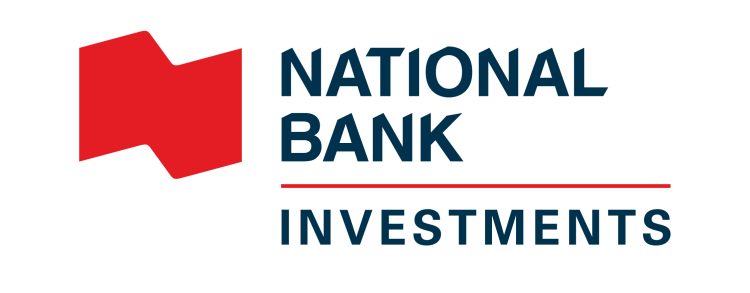
PAID CONTENT
Since the creation of the United Nations Principles for Responsible Investment in 2006 (UNPRI), the integration of environmental, social and governance factors in investment portfolios has grown exponentially. ESG integration presents both challenges and opportunities that vary according to asset classes and helps stimulate the development of innovative products in the field of responsible investment. The creation of green bonds by the European Investment Bank in 2007 is a good example of innovation in the fixed income category, as they enable a positive environmental impact to be achieved while meeting investors’ financial objectives.
Green bonds are based on how funds are used: issuers must direct 100% of the capital towards financing projects with a positive environmental impact, such as investments in renewable energy or public transit. In exchange, investors assume the issuer’s credit risk and earn returns that are comparable to conventional bonds.
Impact investing and change theory
Can green bonds be considered impact investments? According to the CFA Institute, “impact investing is where investments are made with the intention of generating a positive and measurable social or environmental impact alongside financial returns.” Intention is a key element of this definition. Portfolio managers must articulate this intention and provide environmental and social performance indicators.
– According to certain industry players, impact investing requires a “theory of change,” i.e., a credible explanation of the investors’ role in generating an impact, distinct from that generated by the company in which they invest. –
In the context of the bond market, it’s obvious that buying a green bond has broader implications than simply making a positive environmental impact. It supports an entire ecosystem:
- By focusing on climate risk management, green bond issuers signal that they are positioning themselves to be less vulnerable than their competitors in the future.
- Strong investor demand demonstrates their readiness to fund these types of projects.
- Collectively, market participants contribute to speeding up the allocation of the trillions of dollars required to finance a green economy.
According to the AlphaFixe Capital, this multiplying effect demonstrates that green bonds can satisfy the definition of impact investing and, by extension, the theory of change when paired with the intention of supporting a more sustainable economy.
How the green bond market is evolving
The ever-increasing value of green bonds issued worldwide each year bears witness to investors’ appetite for this type of debt and the market’s willingness to finance credible environmental projects.
The green bond market is more mature than the social and sustainability bond markets. This is because they have been around longer, and green projects are more economically attractive. On the other hand, since sustainability bonds enable the simultaneous financing of environmental and social projects, they are an attractive option for issuers wishing to manage a single impact bond program and finance all their projects under a single label.
Another label that could soon see the light of day is transition bonds. In 2023, the federal government published the Taxonomy Roadmap Report for transition financing. A taxonomy of eligible projects has been awaited ever since. Such a classification would give issuers and investors the confidence to finance the decarbonization projects needed to reach the net zero emissions target by 2050.
In the meantime, it’s crucial to keep the dialogue going with market players to direct capital towards a more sustainable and low-carbon economy.
Content presented by AlphaFixe Capital, open architecture partner of National Bank Investments
The information and the data supplied in the present document, including those supplied by third parties, are considered accurate at the time of their printing and were obtained from sources which we considered reliable. We reserve the right to modify them without advance notice. This information and data are supplied as informative content only. No representation or guarantee, explicit or implicit, is made as for the exactness, the quality and the complete character of this information and these data. The opinions expressed are not to be construed as solicitation or offer to buy or sell shares mentioned herein and should not be considered as recommendations.
The views expressed regarding a company, a security, an industry, a market sector in particular, future events (such as market and economic conditions), a company’s or a security’s performance, upcoming product offerings or other forecasts are solely those of the AlphaFixe Capital and do not necessarily represent the views of National Bank of Canada and its subsidiaries (the “Bank”). These views are subject to change at any time based on market or other conditions and could cause actual results to differ materially from the ones anticipated by AlphaFixe Capital. The Bank disclaims any responsibility to update such views. They do not constitute recommendations to buy or sell nor investment advice.
© National Bank Investments Inc., 2024. All rights reserved. Any reproduction, in whole or in part, is strictly prohibited without the prior written consent of National Bank Investments Inc.
® NATIONAL BANK INVESTMENTS is a registered trademark of National Bank of Canada, used under licence by National Bank Investments Inc.
National Bank Investments is a signatory of the United Nations-supported Principles for Responsible Investment, a member of Canada’s Responsible Investment Association, and a founding participant in the Climate Engagement Canada initiative.
